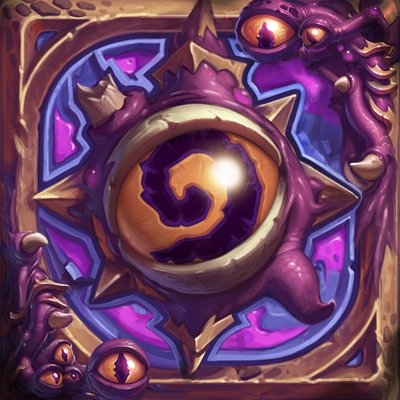PG game designer Takahisa Taura here. It was my pleasure to share some new information and footage from NieR: Automata at E3 2016! Today I’d like to go a step further and give you an up-close look into our development processes, and share some of the challenges that the team and I have faced on this project. We hope you enjoy this taste of what it’s like on our side of the screen.
Game Design – Takahisa Taura
What you see here is a test level where we check characters’ animations to make sure they’re ready to go in the game. We also use this level to try out visual effects, like the sword arc you can see above, as well as special effects like clouds of dust, explosions and more.
In an action game, the response time between when a player pushes a button and when their attack is performed has to feel great. To improve this response time, we use a special tool to fine-tune when each animation can be canceled into other actions, and occasionally even make subtle adjustments to their total speed. We have to be careful, though – if the animators catch us changing the speed too much, they get pretty mad.
After a bit of tweaking, we try it out and see how it feels. Then we tweak again, and test again, then tweak again, then… It’s repetitive work, but all this testing is essential to make NieR: Automata feel exactly as it should. Sometimes we end up spending an entire day just working out the perfect way to position enemies in a single fight scene!
It’s absolutely critical to start with a solid premise, then playtest again and again to make sure you is staying on track. Passersby usually assume we’re just playing games all day, never suspecting how much blood, sweat and tears it takes… Now I’d like to hand the post off to some other members of the Platinum Games NieR: Automata team!
Animation – Takayuki Muranaka
Here you can see an attack animation for 2B in progress. In this attack, she uses both her sword and that large melee weapon on her right hand. 2B has a sense of elegance that we try to capture in all of her animations. It’s not enough for main characters’ animations to just look good – they have to feel good in players’ hands, too.
Here’s a common situation: You’re patting yourself on the back for making an animation that looks super-cool and flows really nicely. Then, you put your perfect animation into the game engine and try controlling it, and it dawns on you that it’s too slow, too clunky. With tears in your eyes, you go back and cut away huge parts of your magnificent creation until it finally feels good.
As an animator first and foremost, there’s a lot you can’t help but want to leave in. But you’re not making a movie here – you’re making a game, and it has to be tight and responsive. The truest sign of a skilled game animator is their ability to make something great with the number of frames they’re given.
Here we’re working on an animation for the boss robot you saw in the E3 2016 trailer. This boss came with some special directions from the designer in charge of mechanical characters: She has a lot of joints that can only bend back and forth in one direction, giving her believably robotic movements. For example, in her shoulders alone there’s a detailed division between parts that can only turn one way, and parts that can only turn the other way. This robotic joint structure applies to this character’s entire model, as well as other robots in NieR: Automata.
As a result, the controllers that drive this boss’s animations are quite a bit more complex than they appear at first glance.




